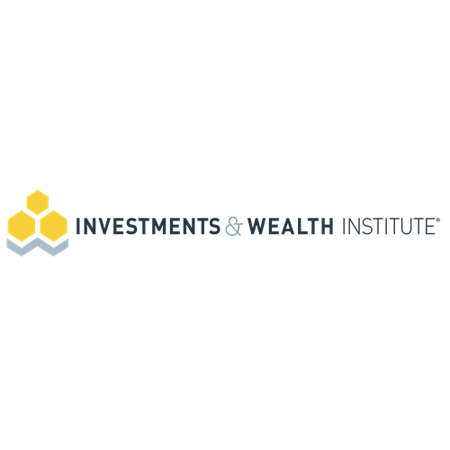Inverted Yield Curve
Is this a signal for recession?
“This time it’s different.” In some cases, not really, but a good justification to swim against the tide. So, how about the inverted yield curve? The yield curve has inverted — in particular, the 10-year rate has dropped below the 2-year rate — before each recession going back to the 1970s.
Now it has inverted again. So, is it a signal for a recession?
.png)
The market continues to chug along, and even if there are clear indications of vulnerability, risks don’t have to be realized today — or be realized at all. And I am risk- not performance-focused. But what is clear is that risk is building under the covers, and forward-looking risk is higher than in the past. So even absent prognostication, this is useful if you have a notion of volatility targeting — wanting to keep your portfolio risk in a determined range.
The arguments for why it’s different this time include things like:
Wrong curve.
The argument is that the 2-year versus 10-year is not what really matters. The 2-year versus 3-month looks great right now. Not so good an argument; the 2-10 has been the standard, and it is what dropped below 0 before the previous recessions. Why ignore it now?
Inverted by design.
This argument is that the Fed is raising short-term rates to fight inflation while quantitive easing is depressing the long end of the yield curve. So this time it’s different because it’s not the economy at work, it’s the Fed. But isn’t it always the Fed.
One reason for an inverted yield curve is pessimism about the economy pre-recession. On this, the inverted yield curve is telling the same story as a number of confidence surveys are right now. Consumer sentiment based on the University of Michigan Consumer Sentiment Index is down 30% from last year, the biggest drop since 2008. There’s an even steeper drop for the Conference Board’s CEO Confidence Survey.
My focus is not to prognosticate, but to assess risk. To look at possible scenarios, to assess periods of market vulnerability. I’ve discussed the vulnerability of the markets due to high concentration and leverage in previous posts, as well as in various articles and podcasts. Add to that the inverted yield curve.
Three things related to the inverted yield curve.
1. The inversion is consistent with downdrafts in other measures of confidence.
2. It is one more on the list of current measures of market vulnerability, of increased fragility to an economic event.
3. Things can always be different.
Access a better way to understand and work with risk, powered by MSCI’s factor model.

Rick Bookstaber
CO-FOUNDER AND HEAD OF RISK
Rick Bookstaber has held chief risk officer roles at major institutions, most recently the pension and endowment of the University of California. He holds a Ph.D. from MIT.
Access a better way to understand and work with risk, powered by MSCI’s factor model.
© 2022 Fabric Risk



